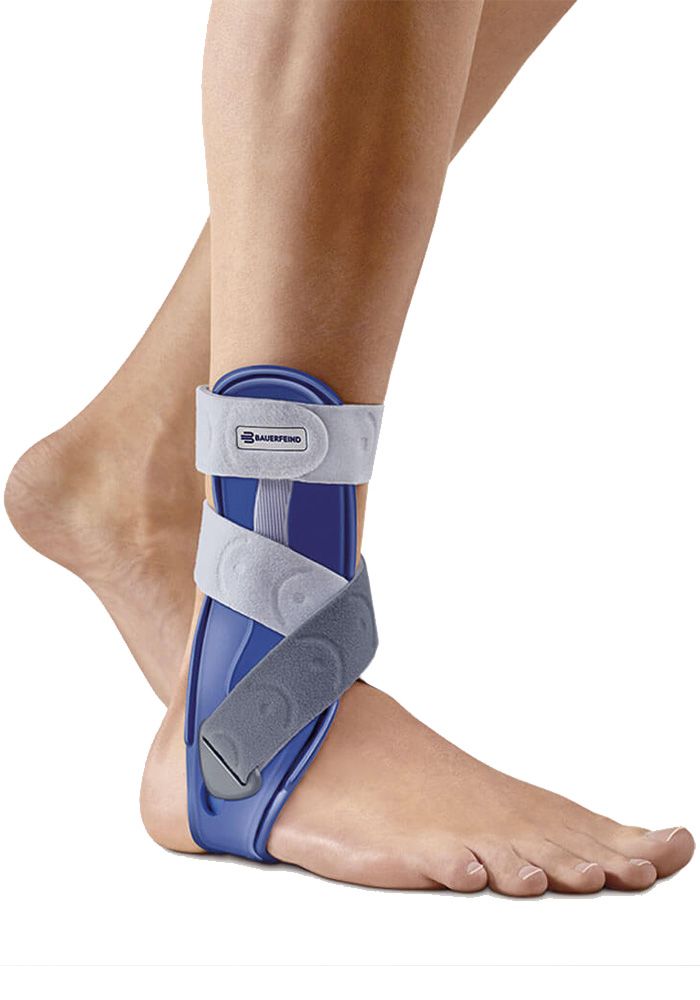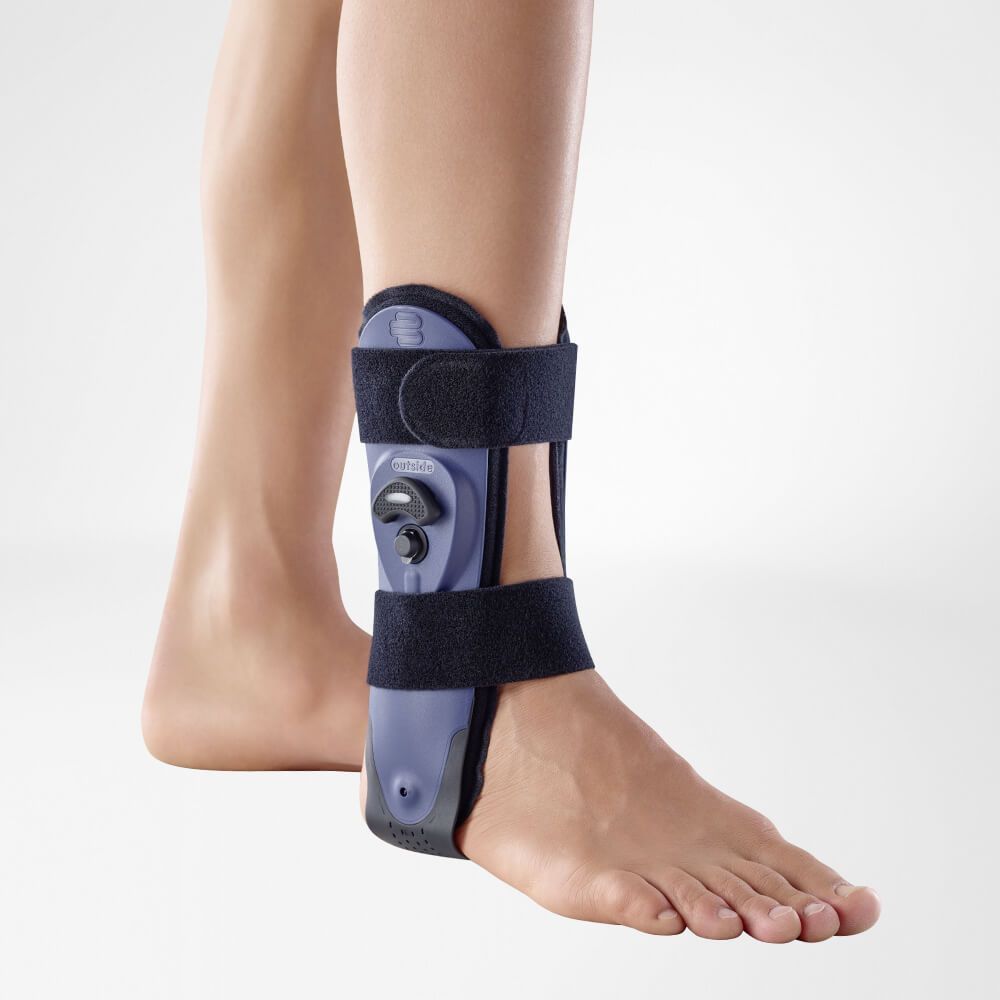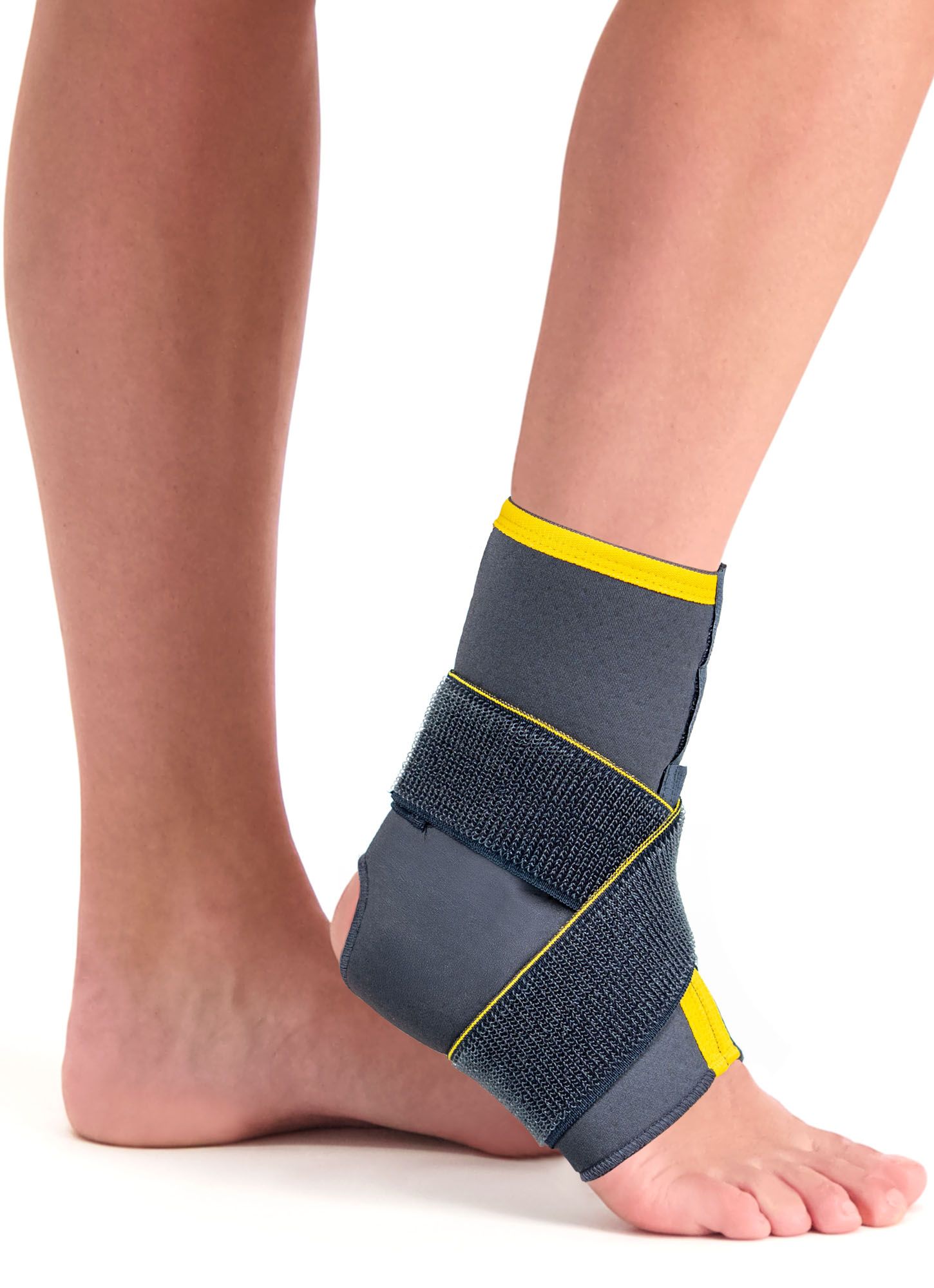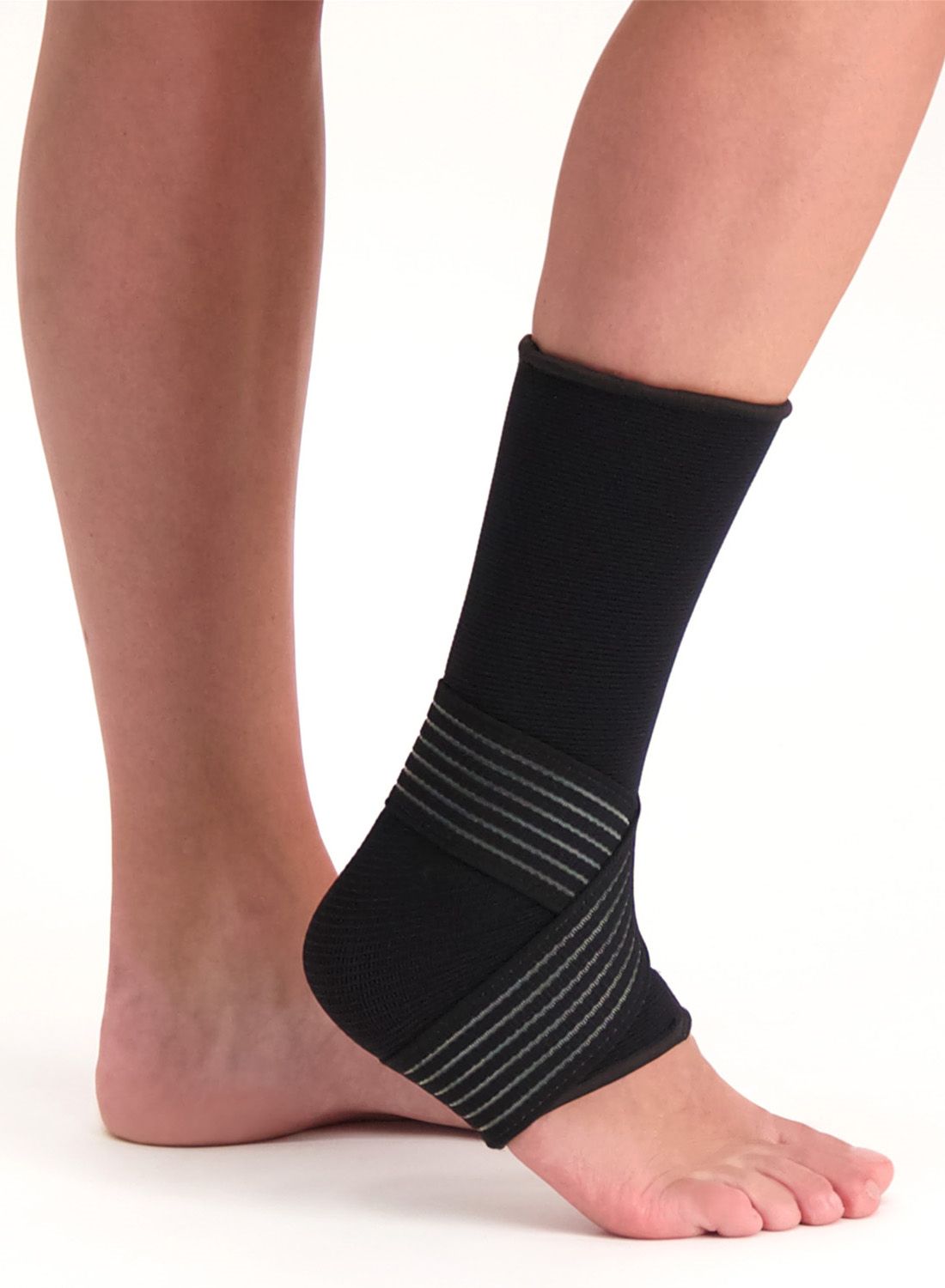Joint Capsule Problems - Others
A dislocated ankle is also referred to as an ankle dislocation or dislocated joint. This means that one or more bones are out of position. The ankle joint consists of the tibia, fibula, and talus. When these bones are no longer properly aligned, it is considered a dislocated ankle. Normally, the bones are held in place by ligaments, muscles, and the joint capsule. When muscle tears, strains, ligament damage, or capsule ruptures occur, the bones may shift out of place.
Causes of joint capsule issues
A twisted ankle is the most common cause of an ankle dislocation. Twisting injuries often occur in athletes who suddenly change direction, land awkwardly after a jump, or play on uneven surfaces during contact sports.
Additionally, a fall or accident from a significant height can also lead to a dislocated ankle and joint capsule damage. Individuals with hypermobility or reduced ankle strength and stability are more prone to joint capsule problems.

Signs & symptoms of joint capsule problems
A traumatic injury to the ankle causes intense, sharp pain. The pain may radiate to the lower leg, foot, and toes. Touching the ankle is often very painful, and the area becomes swollen, bruised (blue), and warm to the touch. In some cases, the ankle dislocation is visibly noticeable. You may also experience sensory disturbances or circulation issues.
Treatment of joint capsule problems
If you’re suffering from an ankle dislocation, it’s also possible that you’ve sustained a fracture. This should be ruled out by an X-ray. A dislocated ankle must be realigned by a medical specialist. After this, it is important to keep the ankle moving in the early phase, but without putting too much weight on it. Recovery can take weeks to months, so working with a physiotherapist is highly recommended. To speed up recovery or help prevent this issue, you may also consider using an ankle brace from Podobrace.

Bauerfeind MalleoLoc Ankle Support

Bauerfeind MalleoTrain Plus Ankle Support
Protection level 2
Bauerfeind AirLoc Ankle Support
Protection level 3
Gladiator Sports Lightweight Ankle Support with Straps

Morsa ThermoCY Lightweight Ankle Football Support

Dunimed Premium Ankle Support (Black & Beige)

- Physiotherapist
- Sports podiatrist
- Manual therapist
- Podopostural therapist
- Myofascial dry needling specialist


